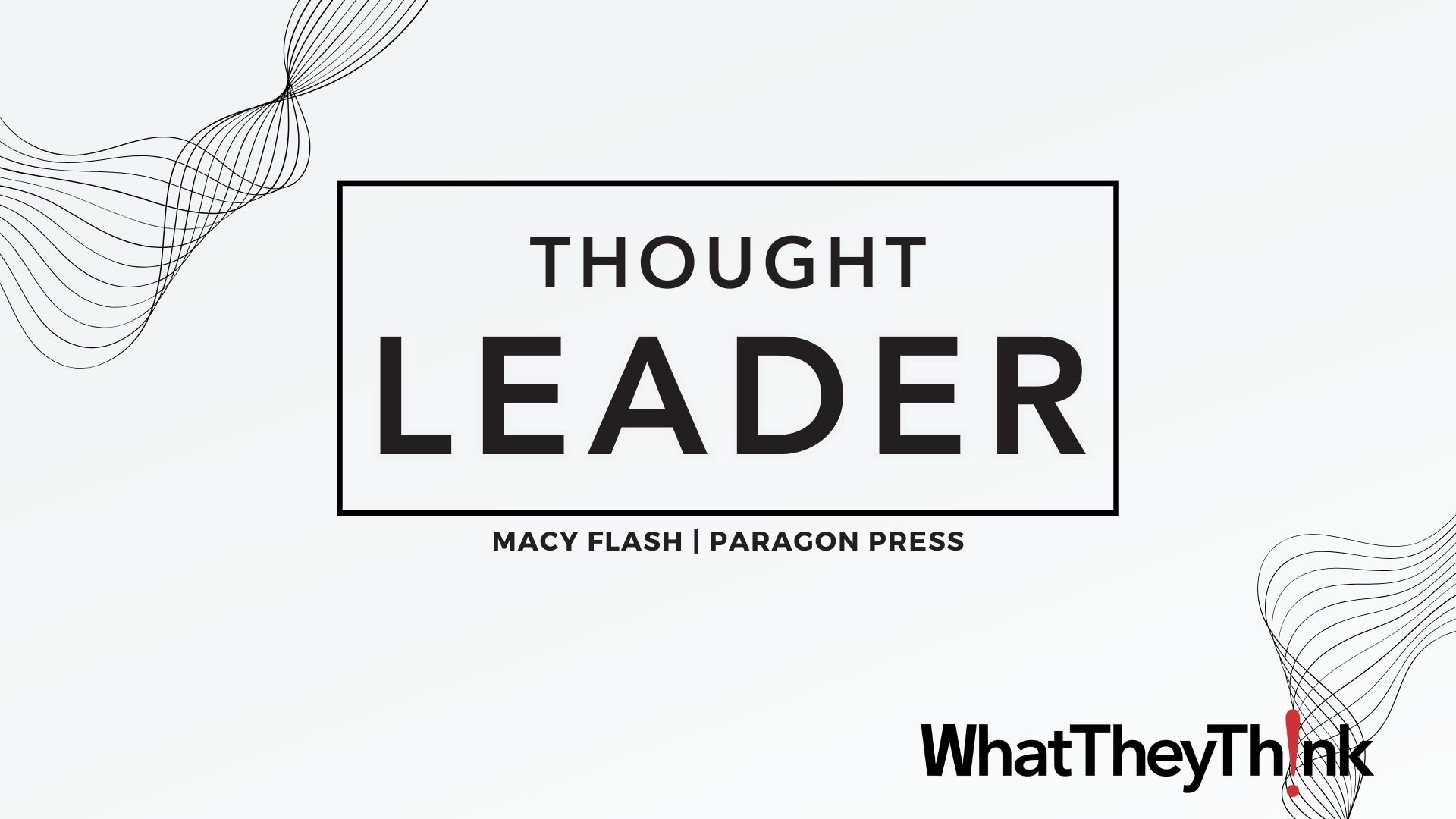Pitney Bowes Survey: Health Insurance Providers Score High on Trust
Press release from the issuing company
New research from Pitney Bowes Inc. uncovers the need for health insurance providers to take a closer look at their approaches to billing and claim information to effectively communicate with the various age groups they serve.
While U.S. consumers share some characteristics on how they like to receive communications from their health insurance provider, there are also key generational differences.
Commissioned by Pitney Bowes, the polling firm ORC International surveyed approximately 1,000 U.S. adults regarding their preferences for receiving billing and claim information from their health insurance provider.
Results showed that 46 percent of total respondents want to receive billing and claim information by physical mail. However, more than one-third of consumers polled (38 percent) want to receive health insurance information both physically through mail and digitally by logging into secure online sites. As a result, health insurance providers should employ a multi-channel approach to communications to satisfy all customers.
Interestingly, respondents in the older age brackets are just as interested in multi-channel communications as Americans who are under 35-years-old.
“In today’s healthcare environment, changes in technology and consumer preferences are increasing the complexity of customer communications,” said Christoph Stehmann, president, Pitney Bowes Document Messaging Technologies. “To be successful, health insurance providers need to understand their customer base, make sure messages are clear in statements and bills, and use multi-channel communications to meet the preferences of all age groups.”
When it comes to patient information, protecting data is critical in the healthcare industry. Overall, 82 percent of respondents surveyed said they trust their health insurance provider. Looking across the age groups, seniors (65-year-olds and above) trust their health insurance providers the most at 96 percent. Consumers in the 45 to 54-year-old age bracket trust their provider the least at 77 percent.
While consumer trust is high, the survey showed there is room for improvement when it comes to message clarity in communications. Nearly two-thirds of respondents (63 percent) gave their provider top grades for how clearly they communicate information in statements. However, 37 percent gave average or below average grades.
Looking across the age groups, health insurance providers received the highest grades for clarity in statements from seniors (65 years-old and over) with 75 percent giving an “A” or “B.” Providers received the lowest grades from the 45 to 54 year-old and 55 to 64-year-old age groups with 16 percent of both groups giving a “D” or “F.”
Using simple, easy-to-understand language on statements was the single most important step health insurance providers can take to make their information more clear according to survey respondents (36 percent).
Additional survey highlights include:
- More than three-quarters of respondents (78 percent) say they prefer to have a phone conversation versus using e-mail, live online chat or physical mail to get in touch with their provider when they have a problem or question about a claim or their benefits. This percentage is higher among the eldest age groups. The youngest age groups are the most likely to not contact their health insurance provider.
- When asked about what type of additional information consumers would find most helpful in receiving from their provider, 64 percent of respondents chose ways to save money (coupons and discounts) and this was highest with 18 to 24-year olds at 72 percent and lowest with 65 year-olds and over (58 percent). Forty-one percent of total respondents said they would find information on ways for improving the health of their family the most helpful and this was highest among the three youngest age groups. Twenty-eight percent of respondents chose ways that they can improve my appearance and health as the most helpful information.
- When asked whether a respondent’s health insurance provider offers information on healthy living or wellness programs, 22 percent didn’t know. Fifty-eight percent said yes and 20 percent said no.
- Among the base of respondents who do have access to healthy living information/wellness programs, only half are taking advantage of them (51 percent). This suggests that health insurance providers have additional opportunities to use customer communications to drive healthier behaviors among their covered populations.
Methodology:
These results are based on 1,018 interviews conducted online from May 7-9, 2012 among a demographically representative U.S. sample of adults age 18 and over. The survey was conducted by Online CARAVAN, an omnibus service of ORC International for Pitney Bowes.
- New RISO Printing Unit Offers Easy Integration for Package Printing
- March 2024 Inkjet Installation Roundup
- Inkjet Integrator Profiles: Integrity Industrial Inkjet
- Revisiting the Samba printhead
- 2024 Inkjet Shopping Guide for Folding Carton Presses
- The Future of AI In Packaging
- Inkjet Integrator Profiles: DJM
- Spring Inkjet Update – Webinar

WhatTheyThink is the official show daily media partner of drupa 2024. More info about drupa programs
© 2024 WhatTheyThink. All Rights Reserved.









Discussion
Join the discussion Sign In or Become a Member, doing so is simple and free